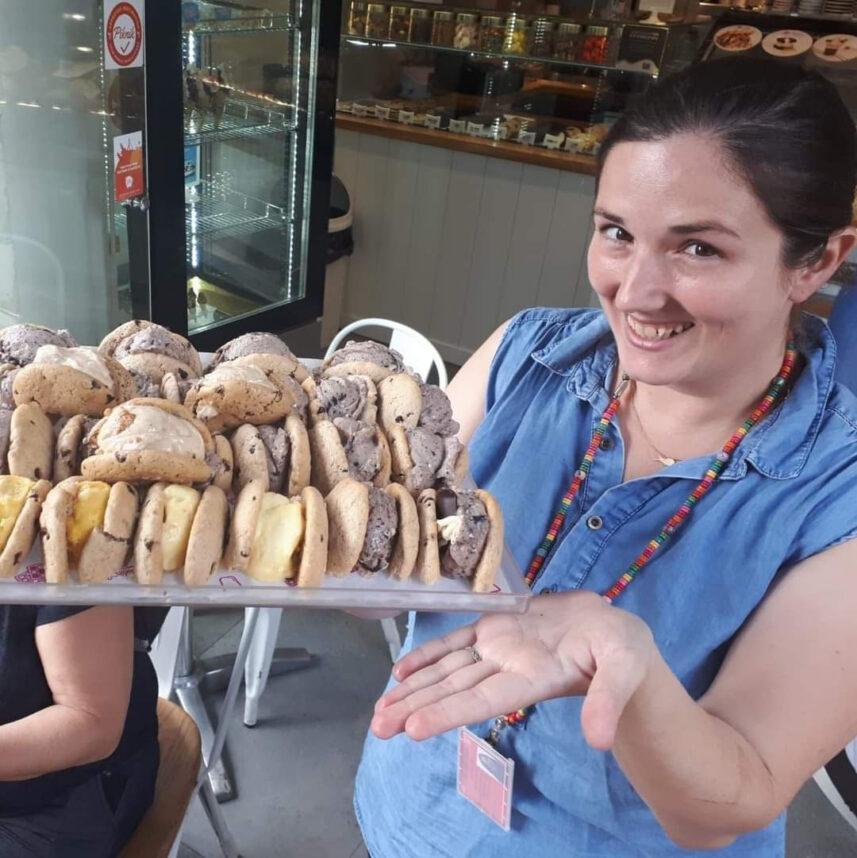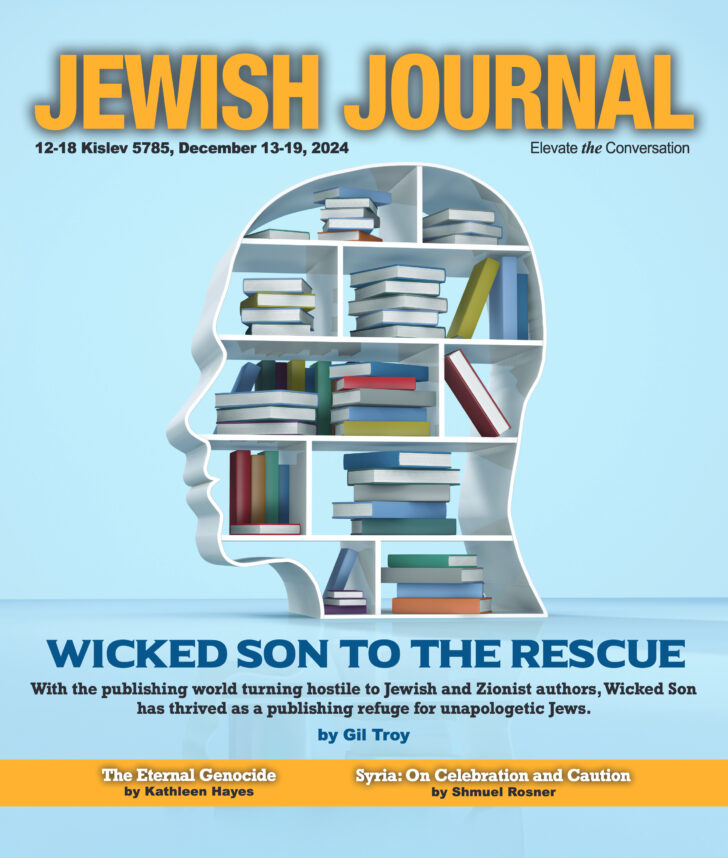I attended grades one through eight at St. Thomas the Apostle School in Los Angeles during a time of great unrest in our country — the Vietnam War, the assassinations of Robert Kennedy and Martin Luther King Jr., police brutality against war protesters during the Chicano Moratorium. Yet one of my strongest memories is reading excerpts from Anne Frank’s diary.
I remember being moved by the words of that remarkable little Jewish girl with large eyes who hid from the Nazis for two years. I also remember the horror of learning that the Nazis eventually found Anne and her family and that she died in a typhus epidemic that ran through the Bergen-Belsen concentration camp. Anne’s diary spoke to this Los Angeles classroom across the decades, across an ocean, across cultures, across religions.
And that little Chicano boy never could have imagined that someday he would grow up and fall in love with a Jewish woman, marry in a temple, convert to Judaism and send his son to a Jewish day school for eight years.
But what did Anne Frank’s story offer me and my classmates at that time? The nuns who set the curriculum knew. While it is pretty near impossible to comprehend the annihilation of millions, Anne Frank offered us a face, one child to whom we could relate. And of course, the questions came. Who would want to kill this little girl? Will it happen again? Could it happen to us?
Atlantic Monthly Press now brings us the English translation of “The Diary of Petr Ginz: 1941-1942,” which, as with Anne Frank’s diary, puts a face on the Holocaust through the words and artwork of a precocious teenager. Simply put, this book should be read by everyone.
Ginz was a Czech Jew, born in 1928, who died in a gas chamber in Auschwitz at the age of 16. His diary had been lost for 60 years but resurfaced in 2003. Ginz’s younger sister, Chava Pressburger, edited her brother’s diary entries, which were translated from the Czech by Elena Lappin. They cover the 11 months before his deportation from Prague to the Theresienstadt concentration camp.
Also included are poems, an excerpt from one of Ginz’s unfinished novels, articles from Vedem (a weekly magazine Petr started in Theresienstadt), as well as linocuts, sketches and watercolor paintings. There is little doubt that if Ginz had survived, he would have developed into an accomplished writer and artist.
Ginz’s entries recount the daily routine of a teenager attending school and spending time with friends and family. But interspersed among the quotidian details are observations that illustrate the tightening Nazi noose: “In the morning I did my homework. Otherwise nothing special. Actually, a lot is happening, but it is not even visible. What is quite ordinary now would certainly cause upset in a normal time. For example, Jews don’t have fruit, geese, and any poultry, cheese, onions, garlic, and many other things. Tobacco ration cards are forbidden to prisoners, madmen, and Jews.”
And there are poems with lines such as these: “Today it’s clear to everyone / who is a Jew and who’s an Aryan, / because you’ll know Jews near and far / by their black and yellow star.”
Yet, despite all this, Ginz loved to play pranks and possessed a wicked sense of humor, as shown by this observation written on April 20, 1942: “Every building has to hang out a swastika flag, except for the Jews, of course, who are not allowed this pleasure.”
Aside from his writings, Ginz’s artwork is noteworthy for its detail and sophistication. There is an eerie 1943 watercolor titled, “Ghetto Dwellings,” that captures a foreboding atmosphere difficult to replicate in words.
Ginz had a particular love for the linocut, which requires great control over the tools needed to carve images into small pieces of linoleum, a process similar to making woodcuts. In one of his Vedem articles, Ginz describes this art form: “As the entire linocut technique shows, a linocut is the expression of a person who does not make compromises. It is either black or white. There is no grey transition.”
In another Vedem piece, Ginz explains that even in the squalor and deprivation of the Theresienstadt concentration camp, creativity can thrive: “The seed of a creative idea does not die in mud and scum. Even there it will germinate and spread its blossom like a star shining in the darkness.” Ginz proved this to be true as he founded a magazine and continued to write and create artwork while in the camp.
Also included in this book are photographs of Ginz and his family. There is one from February 1933 of Petr and Chava holding hands, walking toward the camera, both dressed in thick coats, knitted caps and scarves to protect them from the Prague winter. The 5-year-old Petr has a determined look in his eyes, lips tight with purpose, as he leads his younger sister along the city street. His face is the face of all children whose lives were cut short by the Nazis. And it is a face that implores us to remember two essential words: Never again.
Daniel A. Olivas is the author of four books of fiction including, “Devil Talk: Stories” (Bilingual Press). His book reviews have appeared in the El Paso Times, The Multicultural Review, La Bloga, The Elegant Variation and elsewhere. He makes his home in the San Fernando Valley. His Web site is
Did you enjoy this article?
You'll love our roundtable.
Editor's Picks



What Ever Happened to the LA Times?

Who Are the Jews On Joe Biden’s Cabinet?


No Labels: The Group Fighting for the Political Center
Latest Articles

ASIF Follow the Food Tour

Survival Optimism

Pity the Poor Antisemite
The Angel – Comments on Torah Portion Va-Yishlach 2024












 More news and opinions than at a Shabbat dinner, right in your inbox.
More news and opinions than at a Shabbat dinner, right in your inbox.